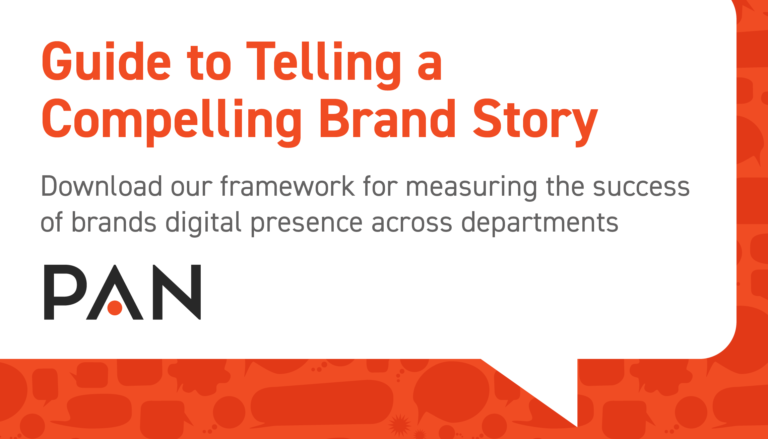As VC money finally flows into ClimateTech, Gareth Thomas shares five tips for start-ups looking to cut through the noise and get noticed
There have been many eye-catching climate announcements this year.
In February, Bill Gates’ excellent book How to Avoid a Climate Disaster garnered global interest and highlighted the breakthroughs we still need. In March, U.S. president Joe Biden dubbed this the ‘decisive decade’ for tackling climate at Earth Day’s 40-nation summit, while doubling his country’s pledge on cutting carbon emissions by the year 2030. In April, Elon Musk announced a competition with a $100 million prize for whoever creates the best carbon-capture technology.
And with the United Nations Climate Change Conference (COP26), taking place in November, many more will follow.
As we begin to get to grips with the pandemic, it is clear global attention is turning back to the biggest issue of our age: decarbonising our economy. Technology and engineering firms will have a huge role to play in helping us innovate our way out of the climate crisis. But that innovation comes at a cost, and start-ups need to catch the eye of investors and customers to fund their endeavours. Effective communications are vital, but also highly challenging, when there are so many new ideas coming through.
Here are five tips for ClimateTech start-ups who are looking to stand out among an already competitive field
 5 Tips for Maximizing Awareness in the ClimateTech Industry
5 Tips for Maximizing Awareness in the ClimateTech Industry
#1: Don’t Scare; Inspire
For decades, people have been bombarded with facts and stats about the decline of the environment. This was 100% necessary to wake us all up and will remain important.
But there is also increasingly a sense that we might be able to rise to the challenge — that this might be doable. There is no room for complacency, but ClimateTech innovators can tap into this sense of optimism to show how decarbonising is achievable: if we all take small, but significant steps, and apply our purchasing power then major changes can happen. Focus your message around inspiring and uplifting people, not guilting them into action.
One of our most successful initiatives for anti-food waste company TooGoodToGo was a really simple idea: to show how all of us could throw away fewer eggs by taking a few minutes to better understand their shelf life. Similarly, corporations can make relatively simple adjustments to their supply chains to make a huge collective difference.
“Focus your message around inspiring and uplifting people, not guilting them into action.”
#2: Show You Mean Business
If you’re a ClimateTech start-up looking for funding, the good news is that investors are heavily backing the emerging sector. In fact, venture capital investment into climate tech is growing at five times the average growth rate across all industries, according to PWC. Further, Sifted has produced a useful list of Europe’s top climate investors.
As many investors have told me over the years, they are very busy and bombarded with pitches, and so they look to respected, trusted media to help sift through the tens of thousands of potential firms. With ClimateTech, they’re looking to do the right thing, but only if the investment makes business sense too. Use profiles, thought leaders and in-depth interviews to show clear evidence of a winning founder team, a scalable business model and a clear path to profitability. Don’t shy away from showing how your innovation makes money, as well as helping save the planet.
Remember that VCs tend to work to 7-10 year cycles. That means the start-ups funded 2020-22 are expected to mature and exit around 2030, in line with the target date for the Paris Agreement Goals. That means the next 12 months are critical for securing VC money.
“Use profiles, thought leaders and in-depth interviews to show clear evidence of a winning founder team, a scalable business model and a clear path to profitability.”
Is your startup ready to think creatively about your awareness strategies? Download our Startup Kit.
#3: Make Your Innovation Relevant and Relatable
Tech companies have always had a problem when it comes to bamboozling people with industry jargon. When you add into the mix the additional acronyms and science involved in decarbonisation, you have a recipe for confusion.
Keep it simple, and speak in everyday language. How will your innovation benefit an individual’s carbon footprint? How many green jobs could it bring to a particular town or city? Use data, but don’t always scale your impact up – bring it down to a human level.
#4: Show, Don’t Tell
A picture or video is worth a thousand words. Having visual assets that explain your innovation are invaluable, as are simple three-step explainer graphics. Similarly, stories of how your innovation is already benefiting people and the planet are most likely to resonate with people. A smart leak detector is not necessarily the most beautiful product, but stylish imagery helped us secure amazing national coverage for Sonic in the UK.
CLIENT SPOTLIGHT: For challenger energy brand Igloo, which helps people reduce energy consumption (the greenest unit of energy is the one we never use), some of our most impactful stories have featured homeowners who’ve switched to green technologies like Air Source Heat Pumps — for example, people explaining how much simpler it was than they expected. At a time where many of us feel a responsibility to take action on the planet, you may find people are prouder than ever to share their story, and we all trust ‘people like us’ more than any other source.
#5: Secure Independent Endorsement
When you are trying to win trust in a new innovation, it pays to make sure you can demonstrate as much third-party endorsement as possible. That might mean entering (and hopefully winning) industry awards for your product or service.
It’s also important to participate in the established green labelling or certification initiatives that are relevant to your product. With so much green washing around, consumers (and investors) will be more receptive to green claims if they have been independently verified.
There are literally hundreds of schemes to choose from, so research the ones that are most relevant and credible in your space. Similarly, avoid just self-declaring your green credentials — independently audited Environmental Product Declarations or EPDs are harder to get, but far more impactful.





